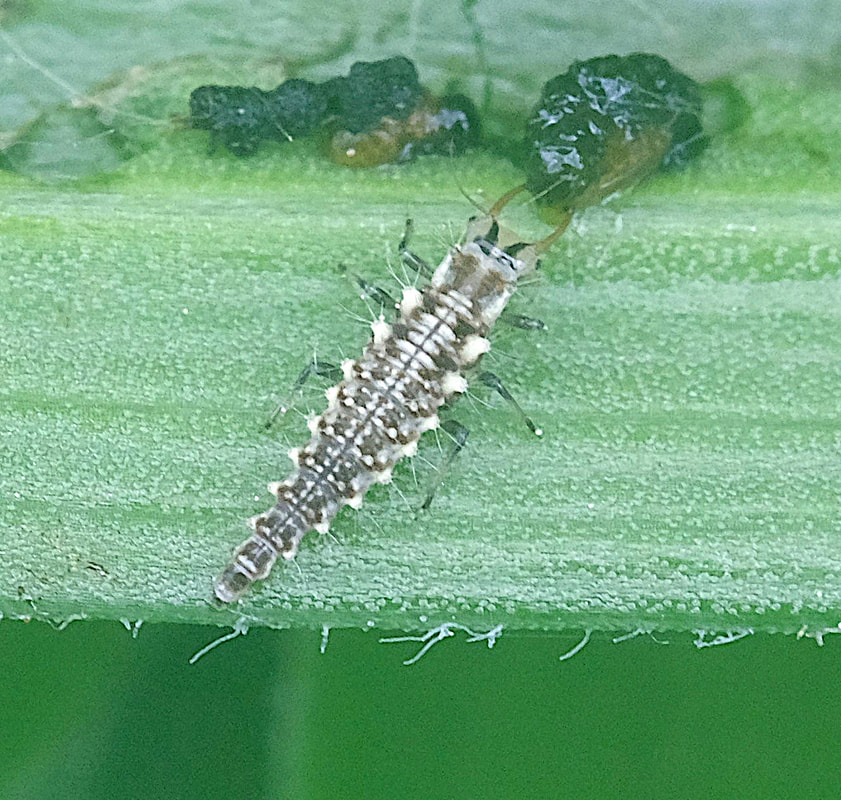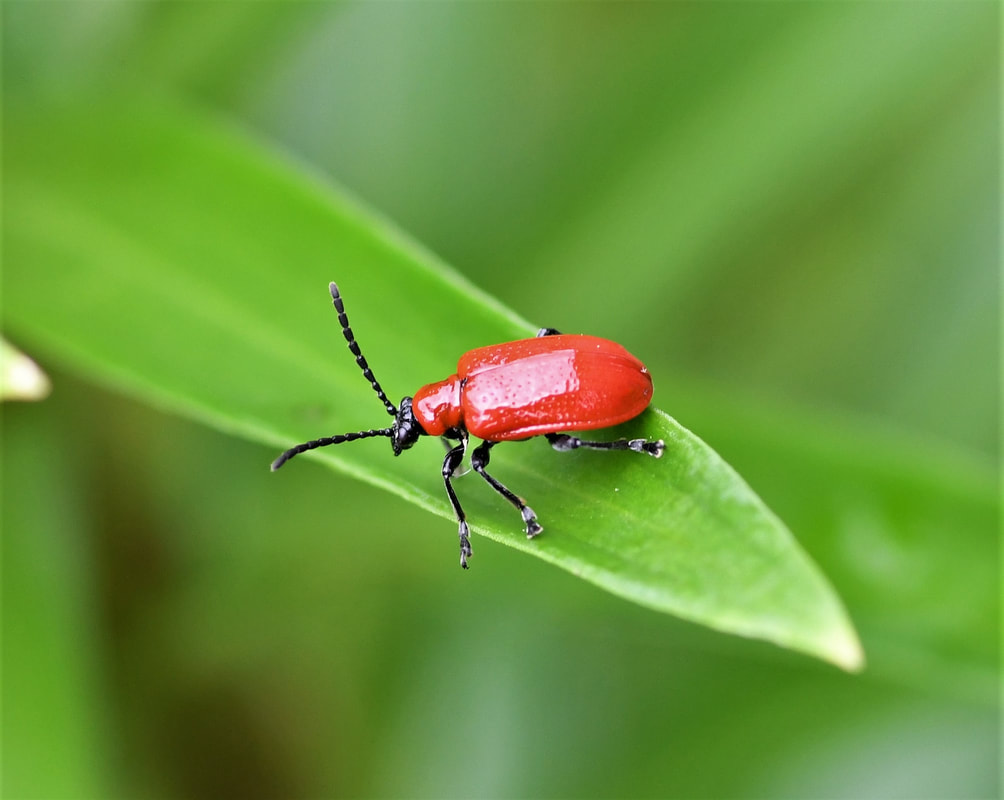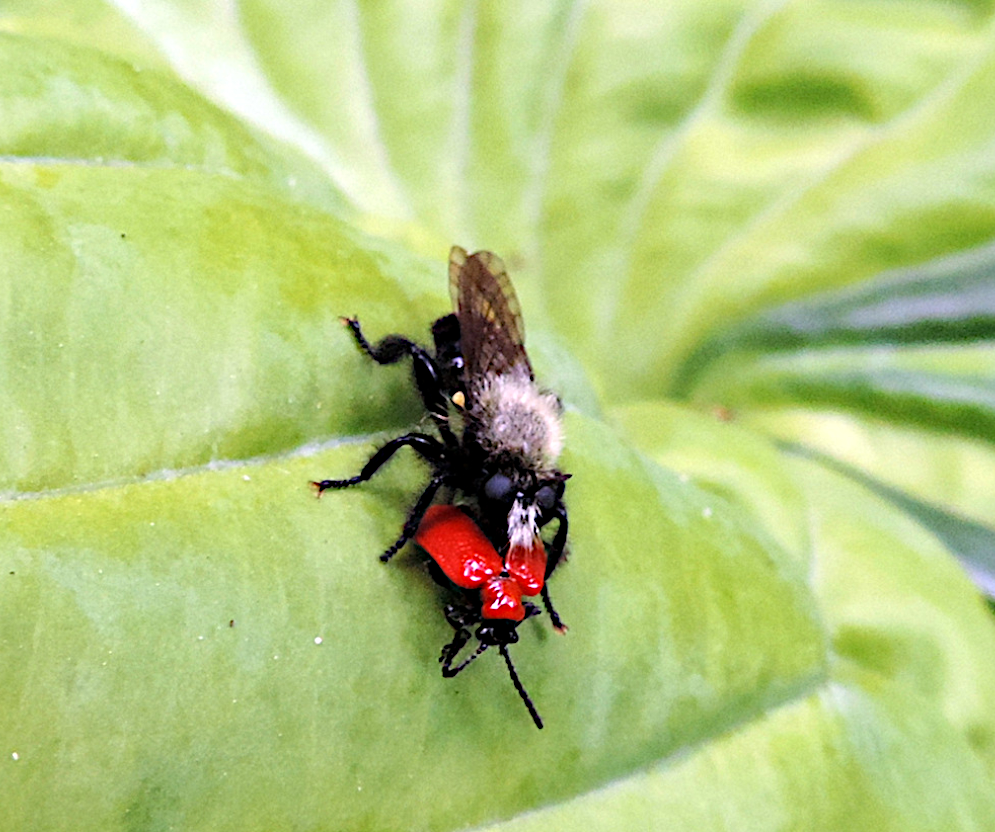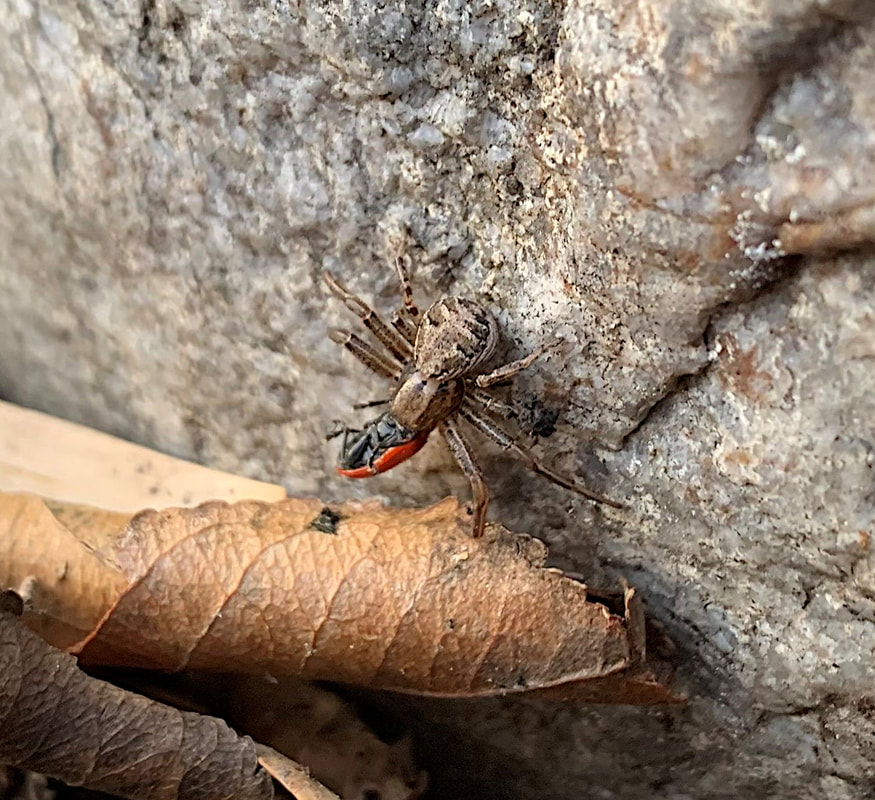Over 600 people responded to our survey, and many sent samples of lily beetle larvae to be dissected for parasitism. A first look at the data indicates that some areas where our biological control agents (non-stinging parasitic wasps) were released are now nearly free of the beetle. Gardeners in eastern Massachusetts and the Ottawa area are enjoying growing lilies again. We cannot yet say with certainty that the parasitoids are the sole cause of the lily beetle decline. Other factors come into play as well, such as gardeners pulling out their lilies. When lilies are few and far between, some dispersing beetles might not manage to find a patch of their hosts and die without leaving offspring. Then there's the impact of all that beetle-squishing gardeners have been doing. Add to the mix the vagaries of the weather--too hot, too cold, too dry, too wet--all these things affect population dynamics.
We will be analyzing our data over the summer, so please check back for updates!
The photo below shows another act of predation: a lacewing larva eating a lily beetle larva. The photo is from my garden in Ottawa. The only reason I have any lily beetle larvae at all is because a survey participant from Québec sent me an adult female and I let her lay eggs in my garden. Don't worry, I won't start a new Ottawa outbreak; all her offspring have been preserved in alcohol to dissect for parasitoids when my new microscope arrives!
We will be analyzing our data over the summer, so please check back for updates!
The photo below shows another act of predation: a lacewing larva eating a lily beetle larva. The photo is from my garden in Ottawa. The only reason I have any lily beetle larvae at all is because a survey participant from Québec sent me an adult female and I let her lay eggs in my garden. Don't worry, I won't start a new Ottawa outbreak; all her offspring have been preserved in alcohol to dissect for parasitoids when my new microscope arrives!




 RSS Feed
RSS Feed
